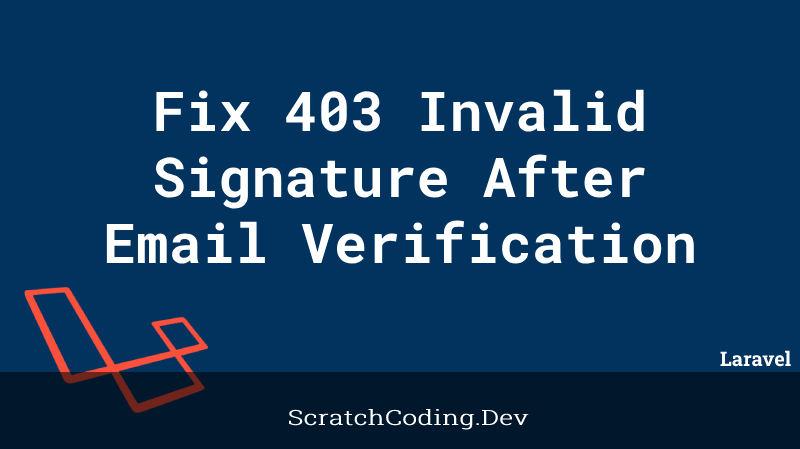Laravel provides various built-in features. One such function is to enable and customize Laravel Email Verification Templates. We will go through the main steps required to do this.
Enable Email Templates – Edit auth.php
Laravel framework provides us with email verification by default. We should first open config/auth.php file and then set the verification option to true, as given below.
'verification' => true,Customize Email Verification Templates
We can easily customize email verification templates using built in Laravel functions, like the Artisan command given below.
php artisan vendor:publish --tag=laravel-mailThe command given above will publish email verification views in the resources/views/vendor/mail directory. We can find the email.blade.php and verify.blade.php files here. These can help us edit the email, email verification layout and content. You can edit these files as per your application’s design and layout.








